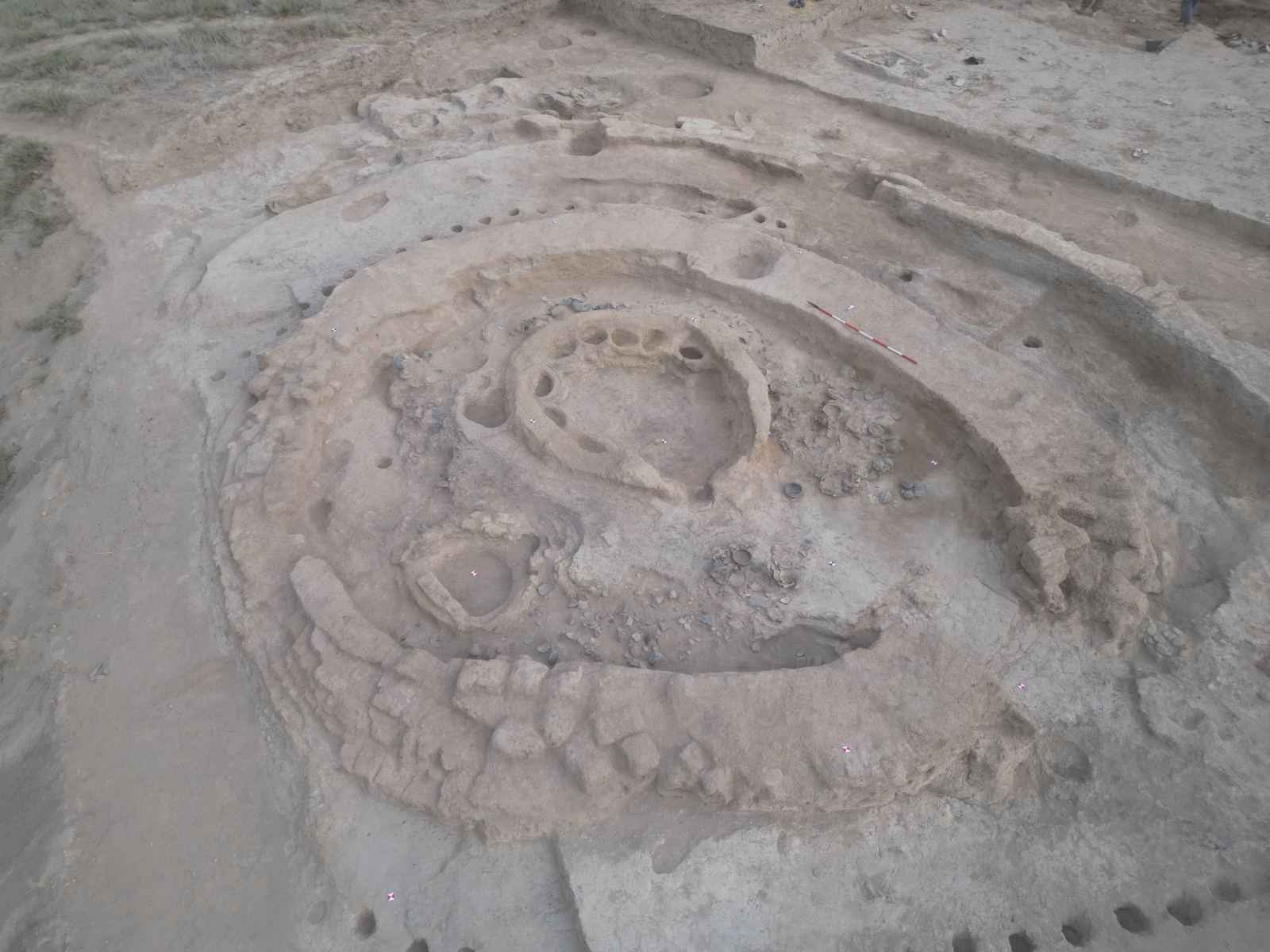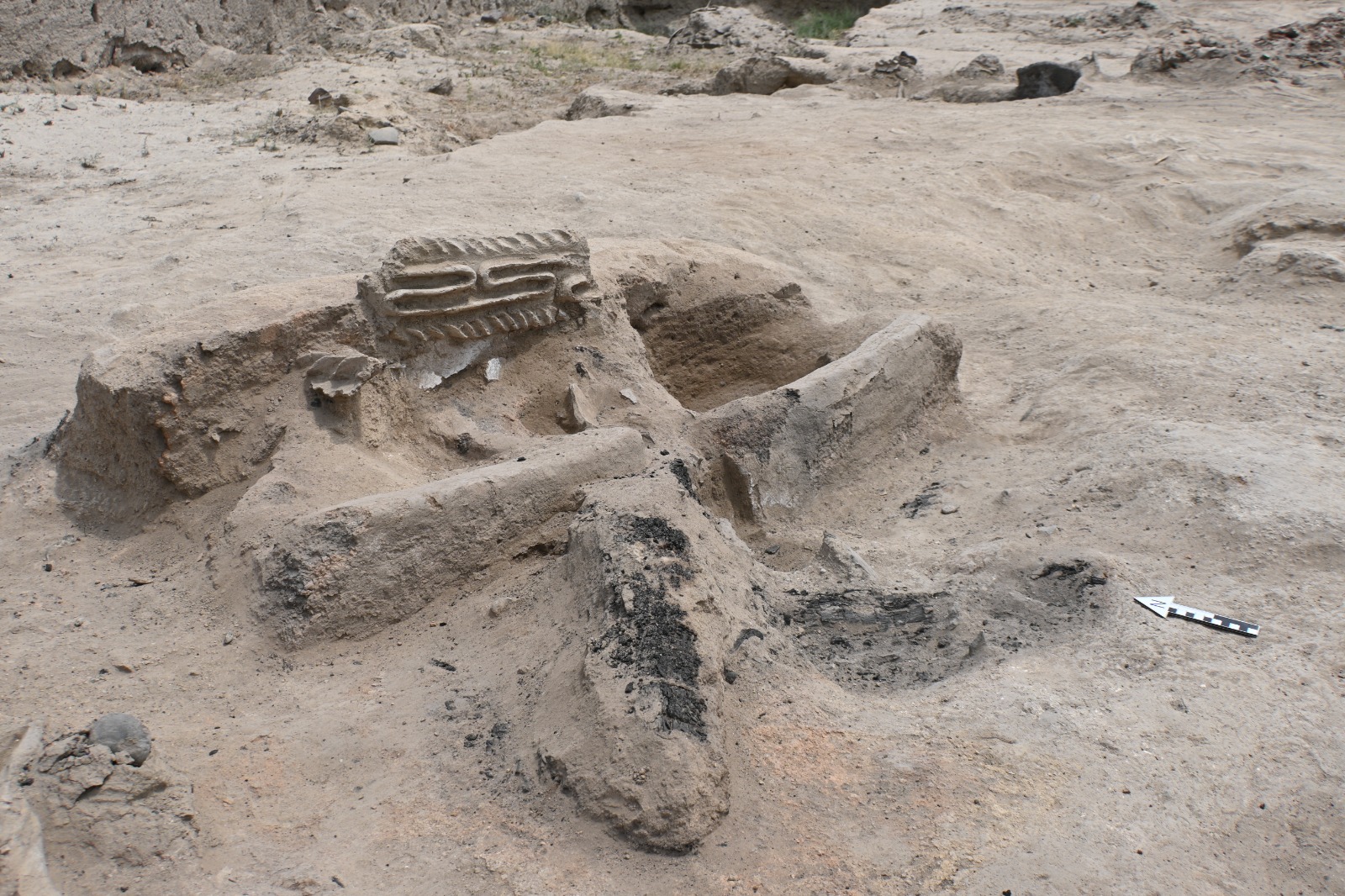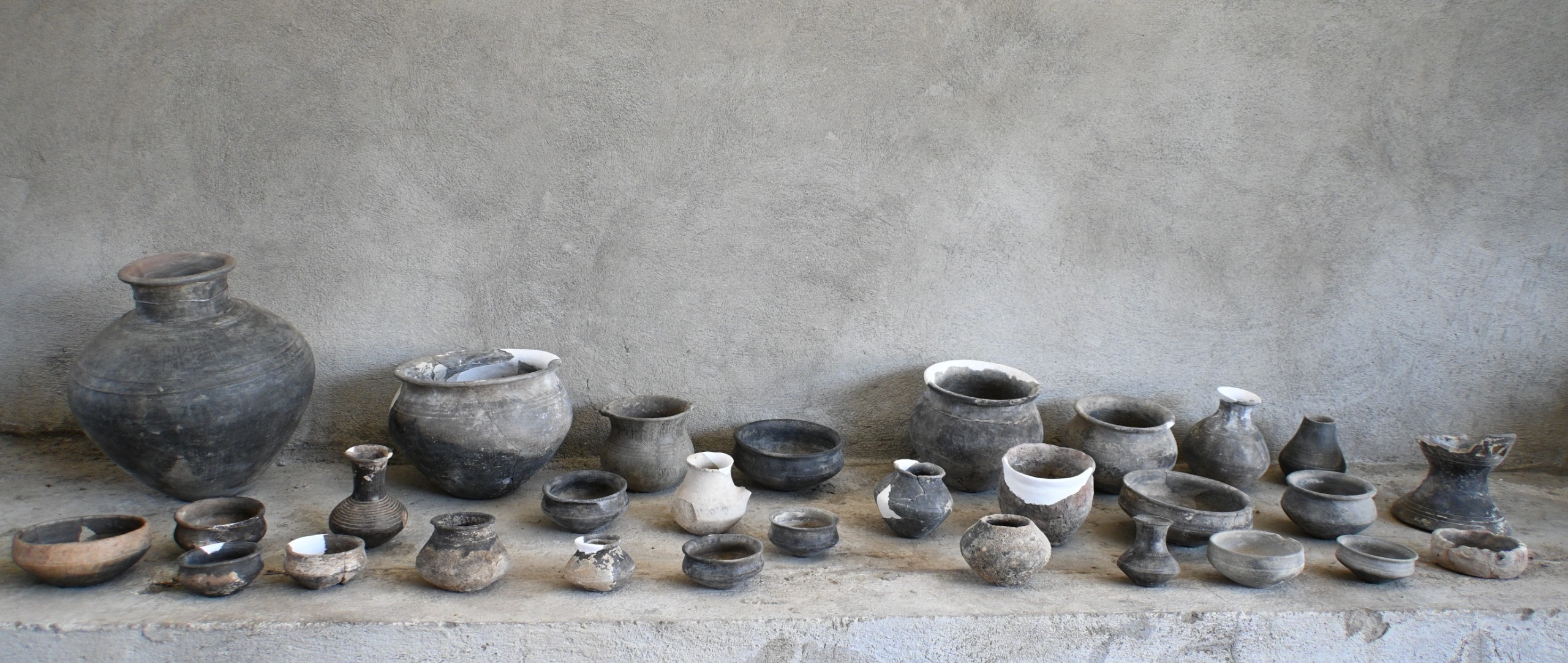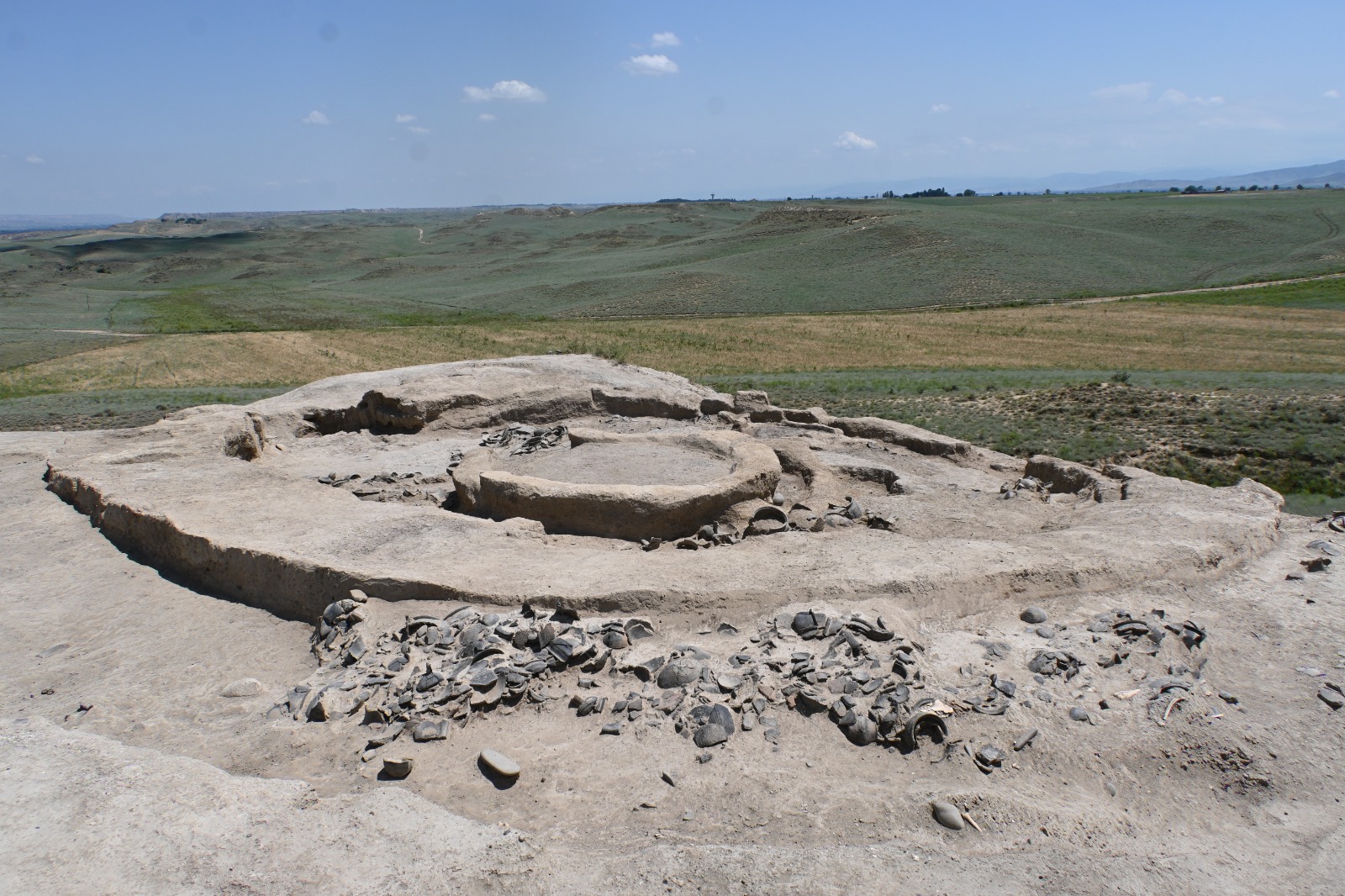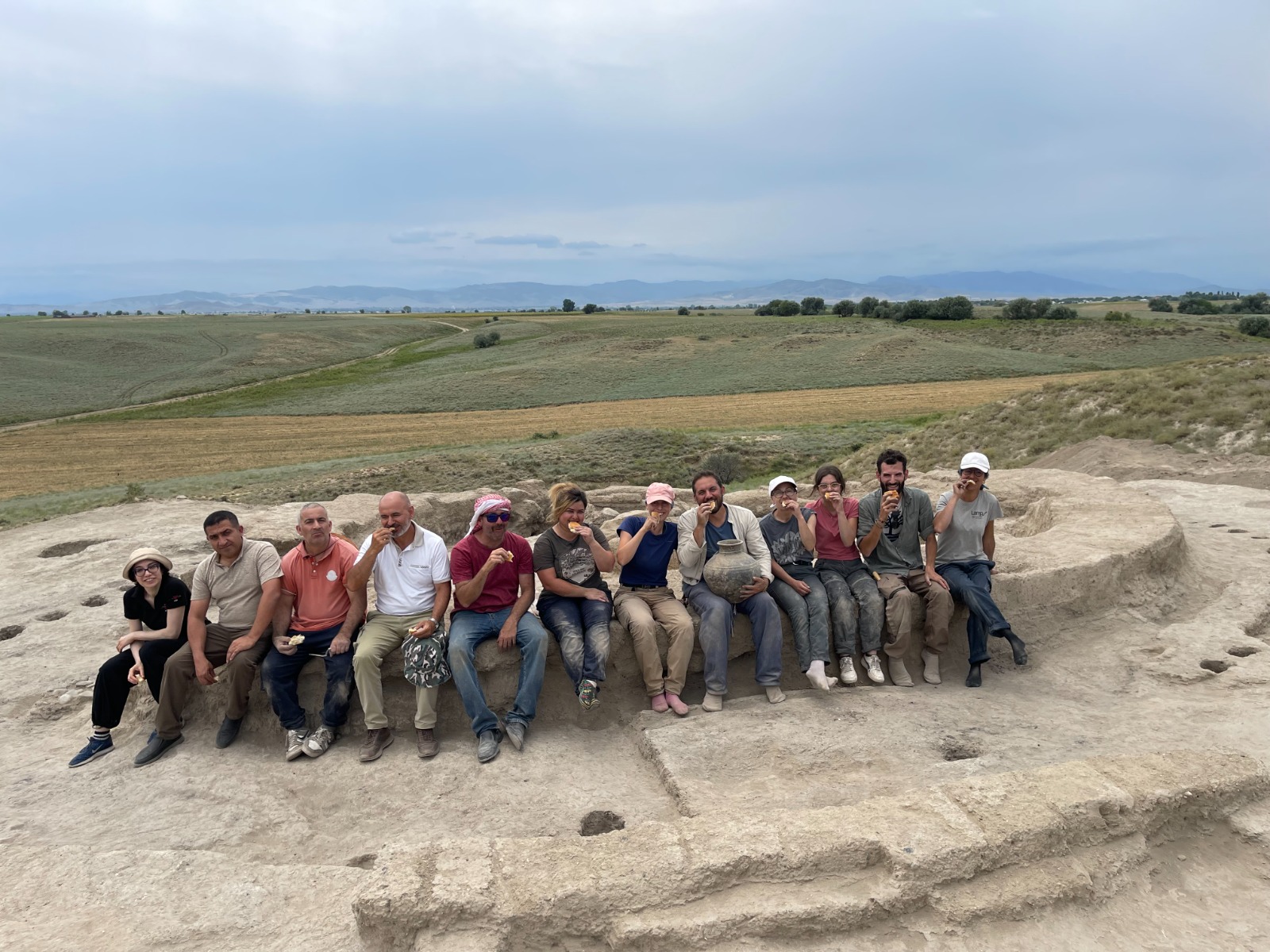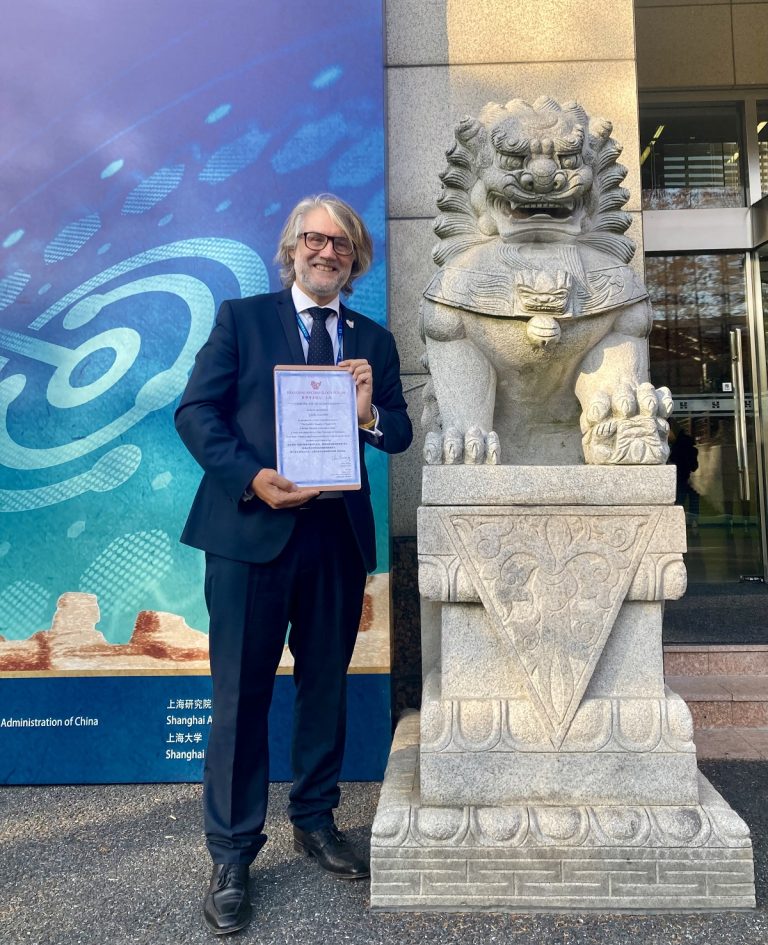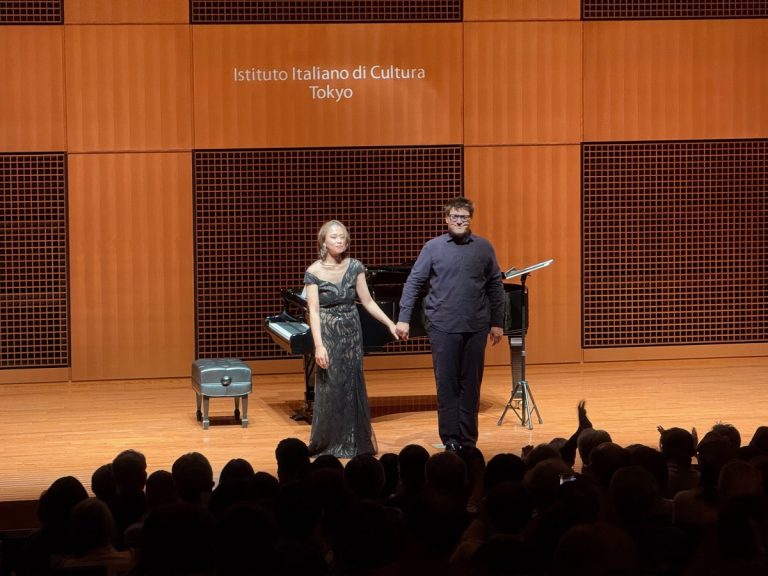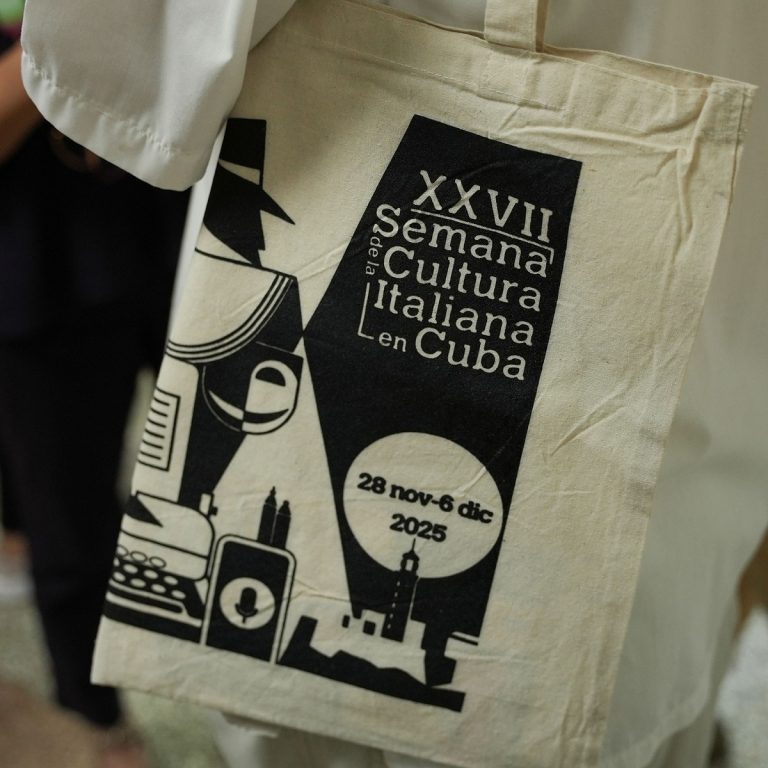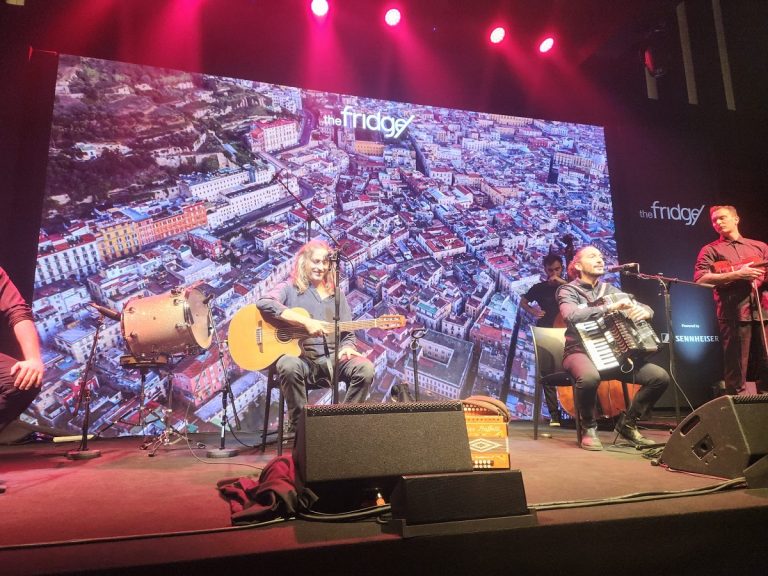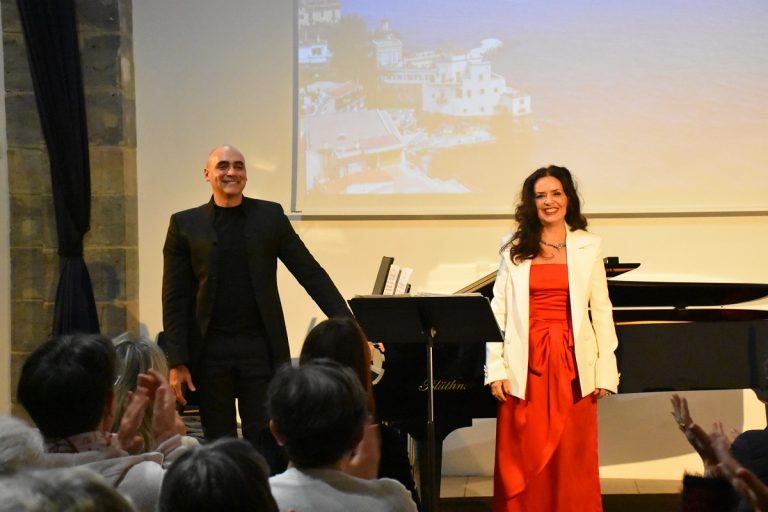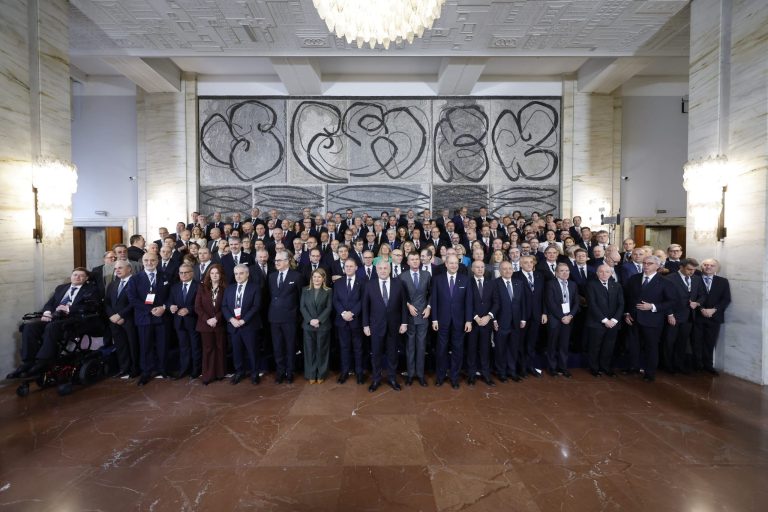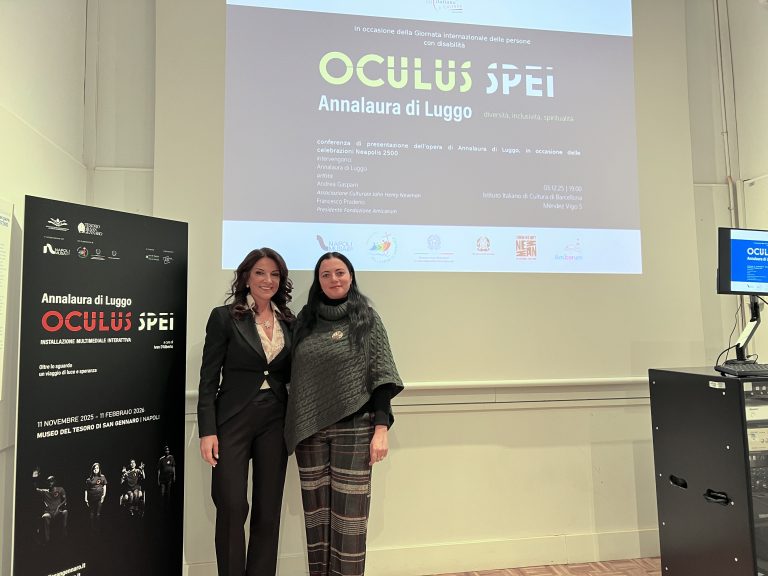Nicola Laneri (CAMNES, Università di Catania) e BakthiyarJalilov (Accademia delle Scienze di Baku)
Since its inception in 2018, the Azerbaijani-Italian GaRKAP project, (CAMNES Florence, University of Catania, Baku Academy of Sciences, OELLE Foundation) co-financed by the Ministry of Foreign Affairs and International Cooperation and co-directed by Nicola Laneri and BakhtiyarJalilov, had as its primary objective precisely that of deepening the knowledge of the ancient societies that spread across the territory of western Azerbaijan between the 4th and 1st millennium BC. After having addressed the analysis of the funerary contexts (i.e., the kurgans), starting from 2021 the archaeological mission has concentrated all its efforts on the investigation of a settlement, TavaTepe, located in the province of Ağstafa a few kilometers from valley of the Kura river, occupied from the Late Bronze to Iron Ages (ca. 1500-730 BC).
During the first years of excavation, dwellings with mixed architecture in raw earth and wood were brought to light, marked by the presence of decorative terracotta elements placed along the internal façades, which showed geometric motifs, stylized human figures, and spirals like main decorative patterns, but, above all, of stone objects associated with the agricultural dimension.
But it was thanks to the excavations of the last two years that, along a mound on the southern side of the site, an extraordinary circular structure with concentric walls in raw earth with a diameter of approximately 15 meters emerged from the excavations. The oldest phase is characterized by a complex raw earth building with a circular plan that delimits a floor on which numerous bowls and vases for cooking are still intact together with a pseudo-circular oven with eight semi-circular installations with fire marks inside. On the opposite side of these housings, a thick layer of ash was found inside which there were about ten clay tokens – some of which resemble the hemispherical shape of loaves of bread – and fragments of animal bones. Not far within this sort of kitchen facility, a smaller oven occupied the south-eastern area of the chamber identified by the raw earth structure.
Postholes are also recognizable on the floor which probably served to support a reed and straw roofing system whose traces are recognizable outsideon the floor of the circle surrounding the kitchen building together with a continuous and regular circle of more post holes. This external circle must have also been used for the consumption of meals, the slaughter of animals or both, since the filling layer has a very high percentage of remains of animal bones, mainly bovine as well as sheep and goats. The entrance to the circle located to the east must have been of great impact and clearly visible from the Kura river, and it was composed of larger wooden poles placed along the door jambs.
The building discovered in TavaTepe appears to be a meeting place for sharing meals between communities who, around 3500 years ago, passed through this region and whose ceremonial value is confirmed by its sealing at the end of its use, and from the pottery deposit placed in the subsequent phase as a memorial attendance of the original circle.

